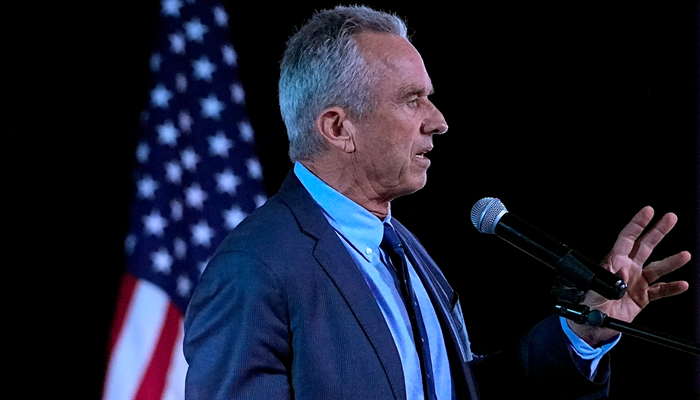During his confirmation hearings two weeks ago to lead the Department of Health & Human Services (HHS), Robert F. Kennedy Jr. made controversial claims about rising autism rates that have sparked backlash from medical professionals. Kennedy, a prominent environmental lawyer known for his vaccine skepticism, asserted that autism rates have skyrocketed from “1 in 10,000” to “1 in 34” children. These statements were echoed by former President Donald Trump on his Truth Social platform.
However, experts are pushing back on Kennedy’s numbers and his conclusions. The statistic of “1 in 10,000” is unsupported by current or historical data. According to the Centers for Disease Control and Prevention (CDC), in 2000, approximately 1 in 150 children born in 1992 were diagnosed with autism. By 2020, the rate had increased to 1 in 36 children born in 2012. The disparity in numbers raises questions about where Kennedy’s data originated.
While Kennedy’s focus on autism rates has drawn criticism, experts agree that the issue deserves attention. Dr. Karen Pierce, a professor at the University of California, San Diego, and co-director of the UCSD Autism Center of Excellence, emphasized the importance of shining a light on the increasing prevalence of autism. “It’s really important to place an emphasis on these very high rates,” she said. “We need more funding and infrastructure to support the growing number of individuals recognized as being on the spectrum.”
Nevertheless, experts assert that Kennedy’s view lacks crucial context regarding the reasons behind the rise in autism diagnoses. They cite several contributing factors, including the broadening of the autism spectrum definition, expanded awareness, increased access to diagnostic testing, and more parents having children later in life.
Dr. Pierce noted that better awareness among healthcare providers is a significant factor in the increasing rates. “Doctors can now identify autism much more easily than in the past,” she explained. “Additionally, improved record-keeping and easier access to reviewing medical histories have contributed to the rise in diagnoses.”
Autism Spectrum Disorder (ASD) is a developmental disability caused by differences in brain structure and function. According to the CDC, individuals with ASD often experience challenges in communication, social interaction, and behavior. Symptoms typically emerge before the age of three and can last throughout a person’s life, although they may evolve over time.
Dr. Anna Krasno, clinical director at the Koegel Autism Center at the University of California, Santa Barbara, described some common characteristics of autism. “Individuals with ASD may have difficulty reading and interpreting social cues, exhibit repetitive behaviors, or show intense focus on specific interests,” she said. “They may also experience significant sensory differences.”
ASD is considered a spectrum disorder, meaning the severity and nature of symptoms can vary widely among individuals. While some individuals may require minimal support in their daily lives, others may need extensive assistance with day-to-day activities. Communication abilities can also vary, with some individuals being highly verbal and others being nonverbal.
Experts agree that the growing recognition and understanding of autism have contributed to the rising diagnosis rates. With increased awareness and advancements in diagnostic tools, more people are being identified as being on the autism spectrum, highlighting the need for continued research and support for those affected by the disorder.
Read more:
- CDC Report Reveals Evidence Of Past Bird Flu Infections In Asymptomatic Veterinarians
- UNAIDS Warns Of HIV Surge If U.S. Cuts Funding.
- Weight Loss Drug Semaglutide Shows Promise In Reducing Alcohol & Nicotine Cravings


